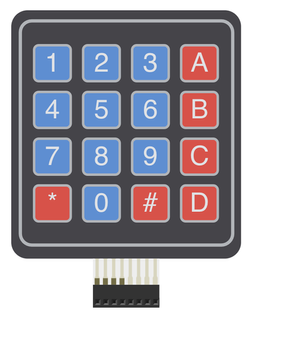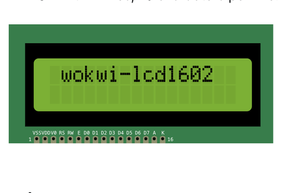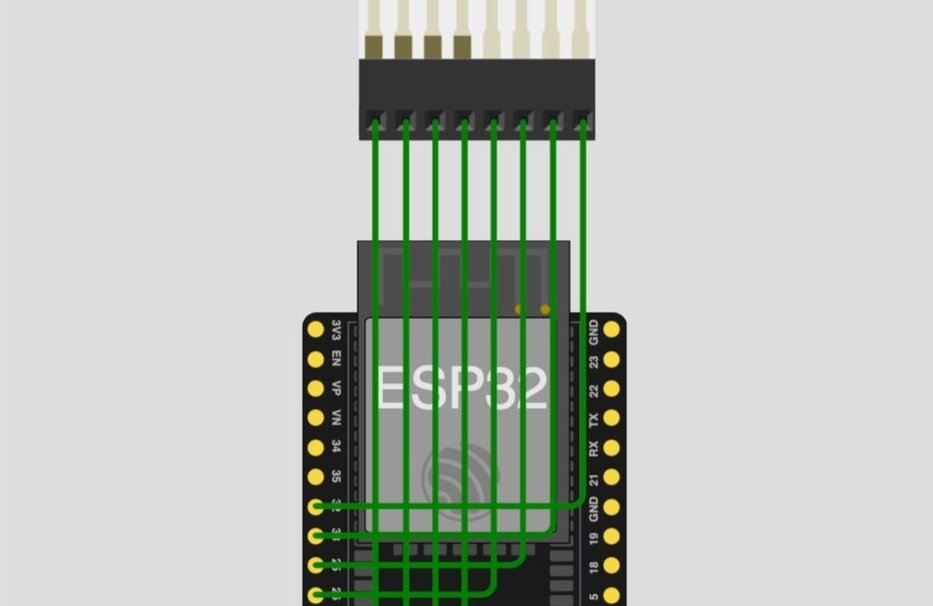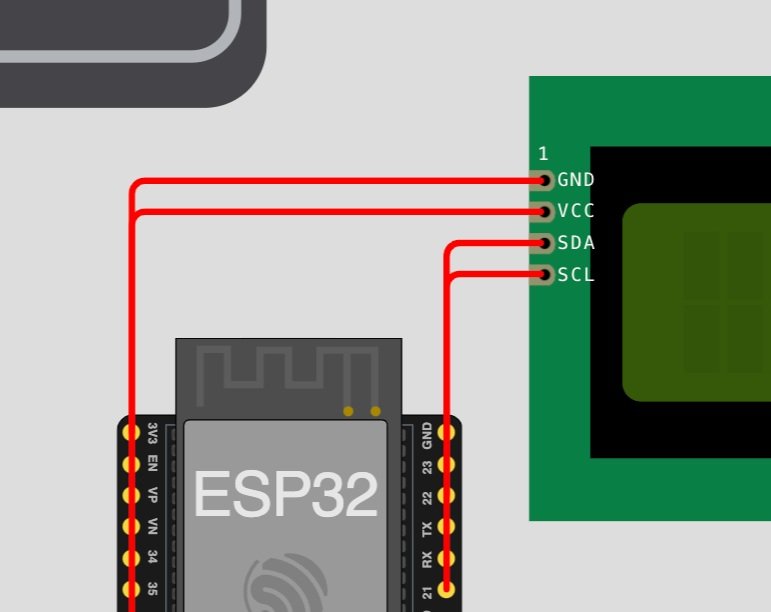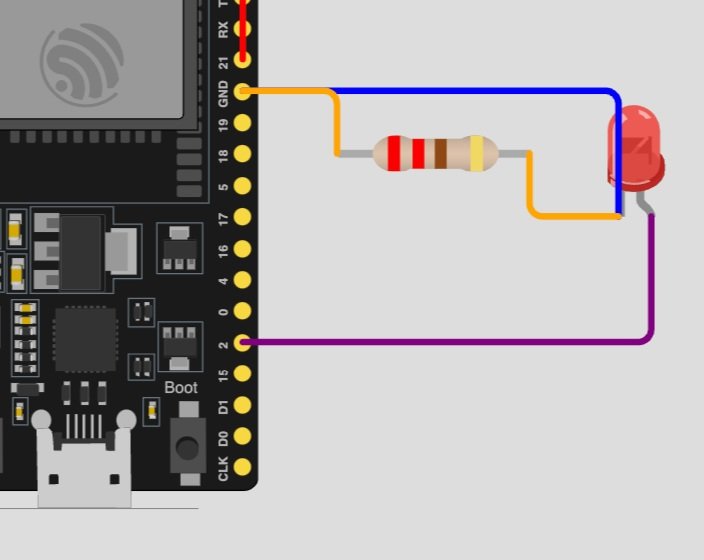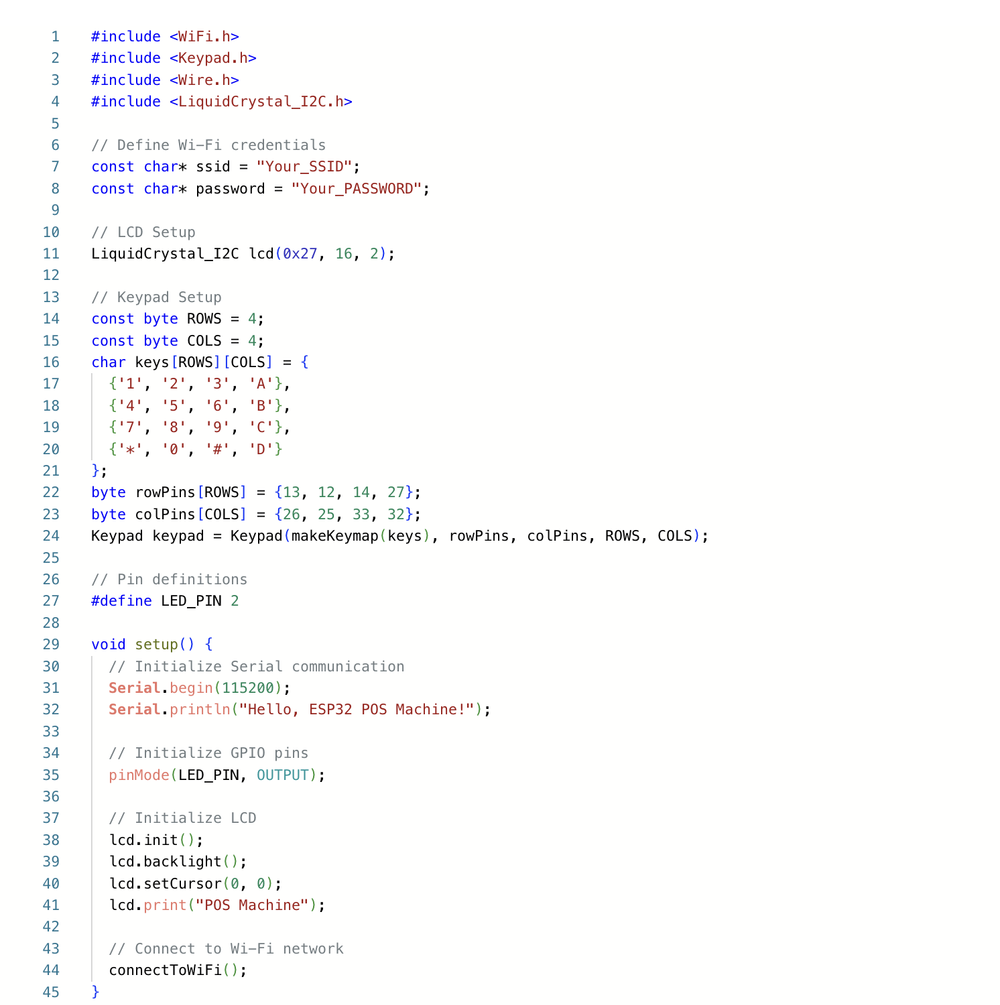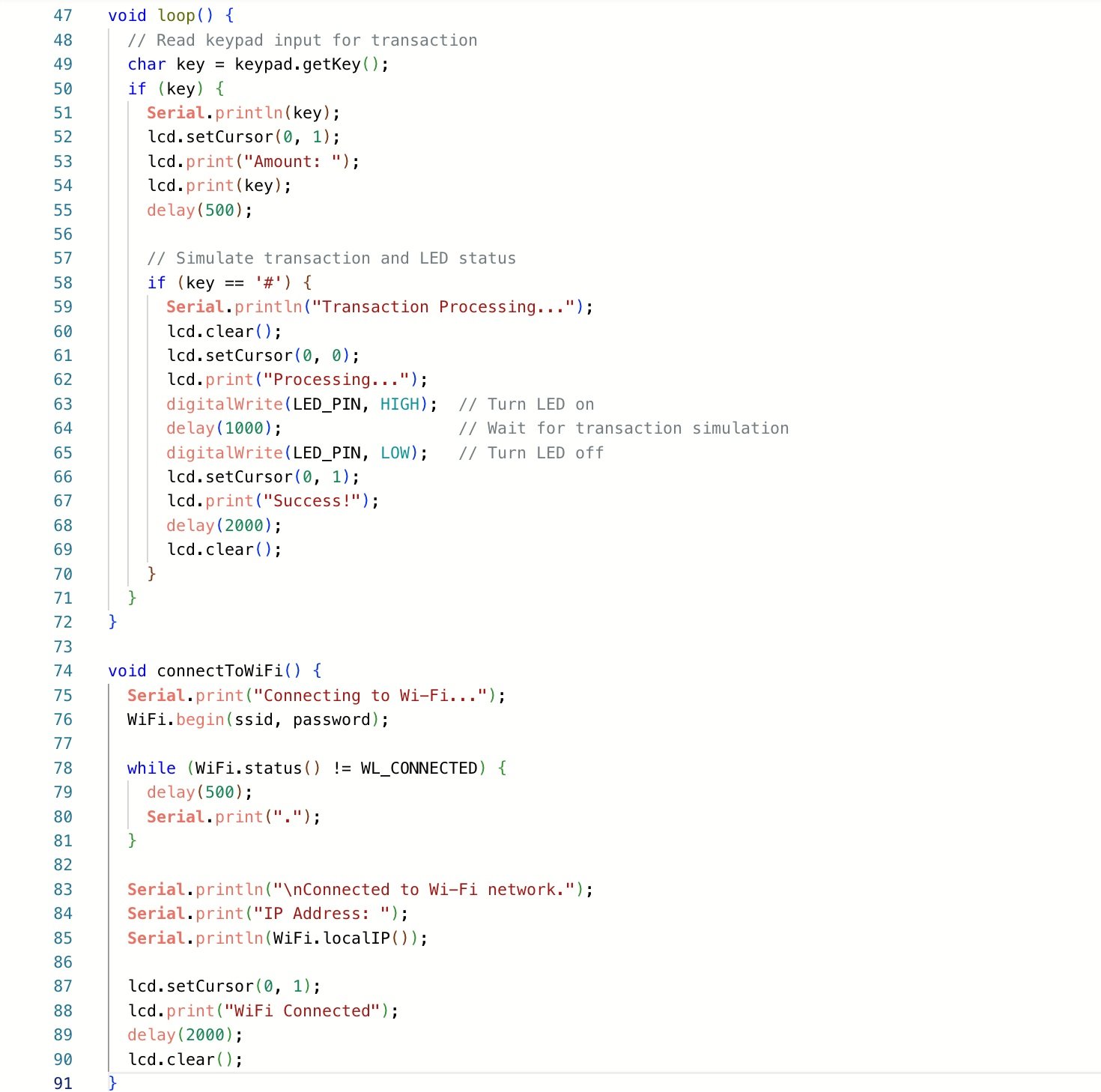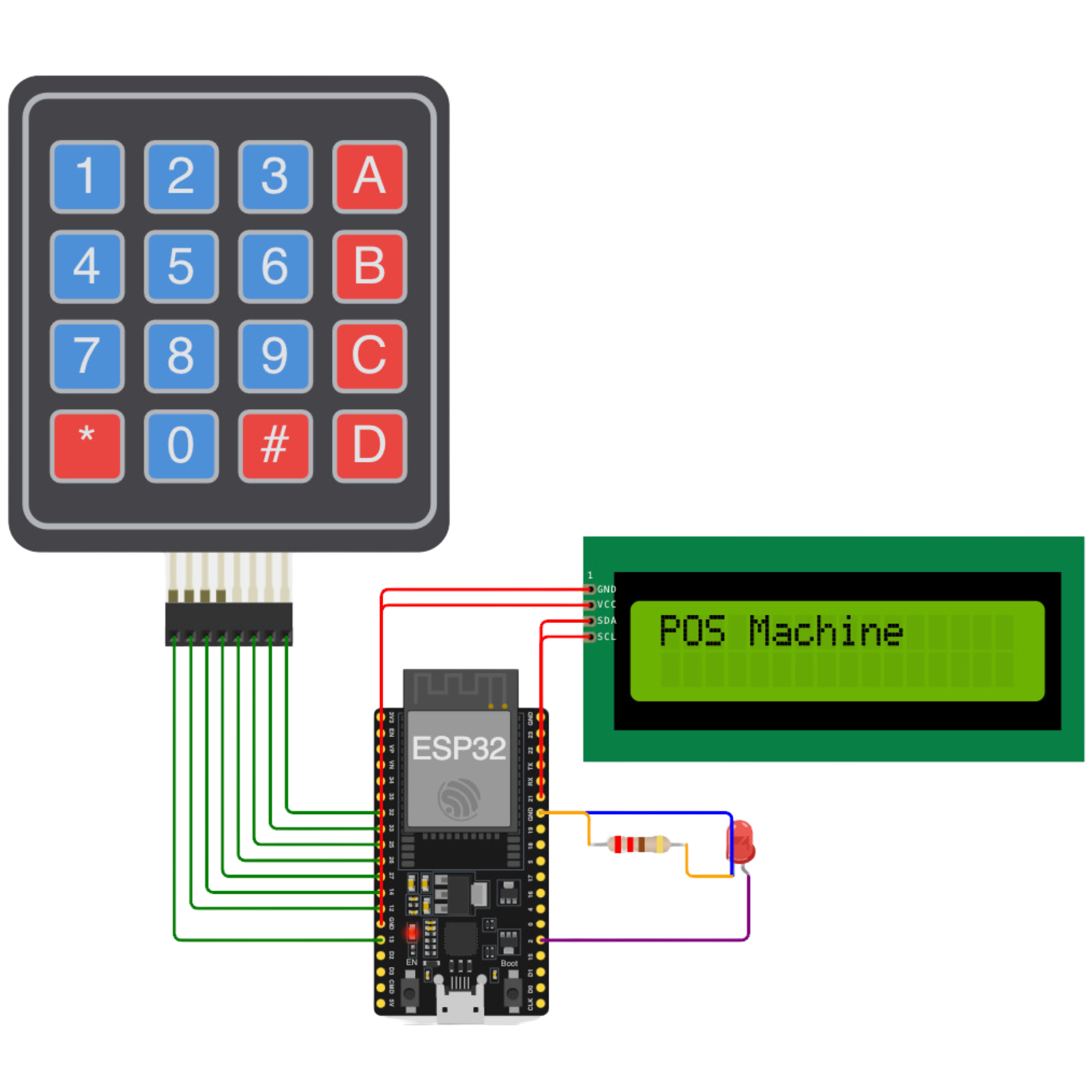Embedded Programming
This project aims to develop a prototype Point-of-Sale (POS) machine using an ESP32 microcontroller. The goal was to create an affordable POS device with a simple interface, like a keypad and LCD, to process transactions. This prototype forms the basis for integrating hardware into fintech ecosystems for secure transactions. It’s related to my fintech startup, Edris, in creating proprietary transaction devices to enhance product offerings.
.jpg)
.png)
